Gardens
Gardening and landscape design ideas to help you make the most of your outdoor living space.
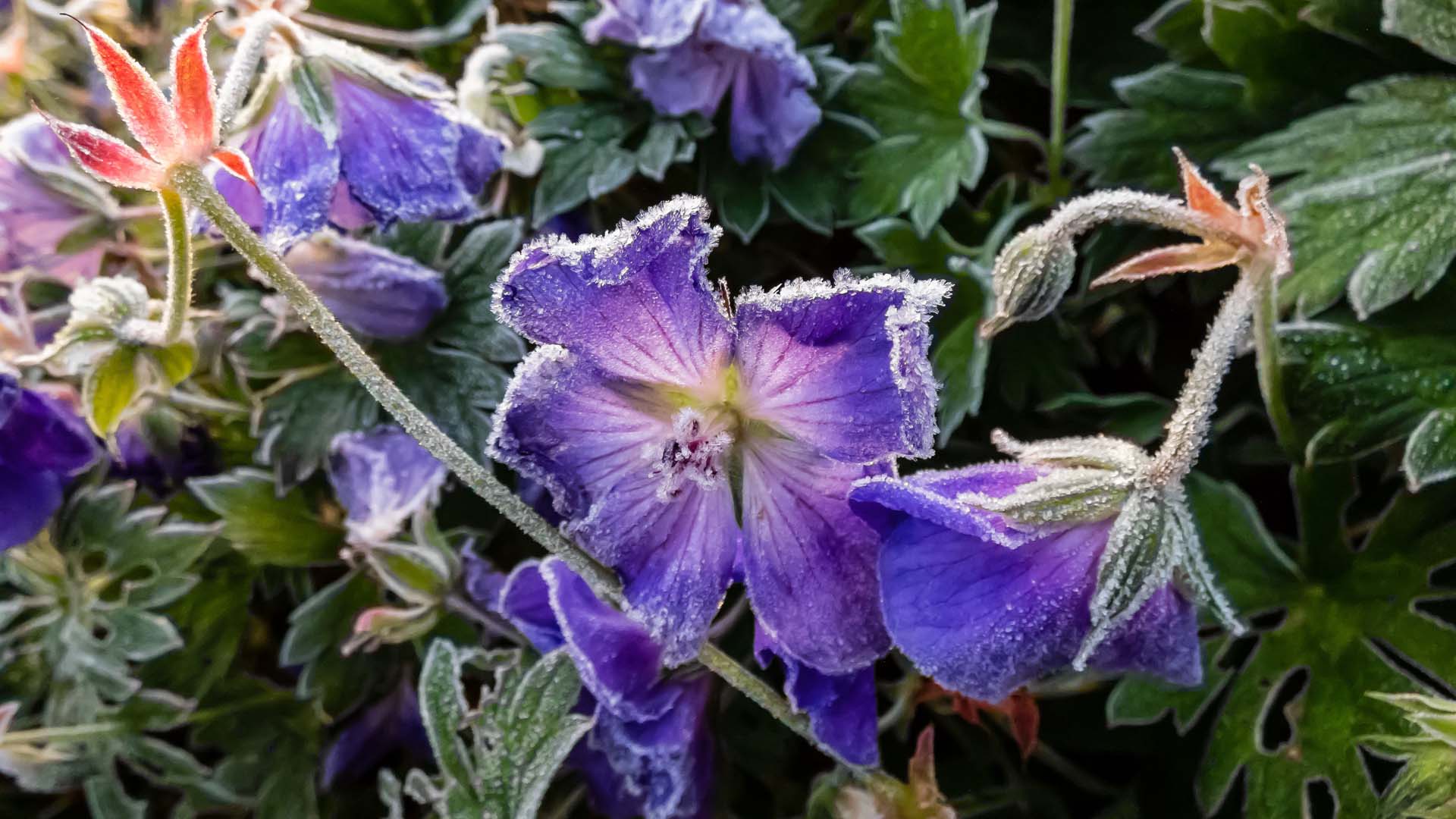
Gardening
How to overwinter geraniums – with tips from Monty Don
Expert tips on how to ensure your geraniums and pelargoniums return next year.
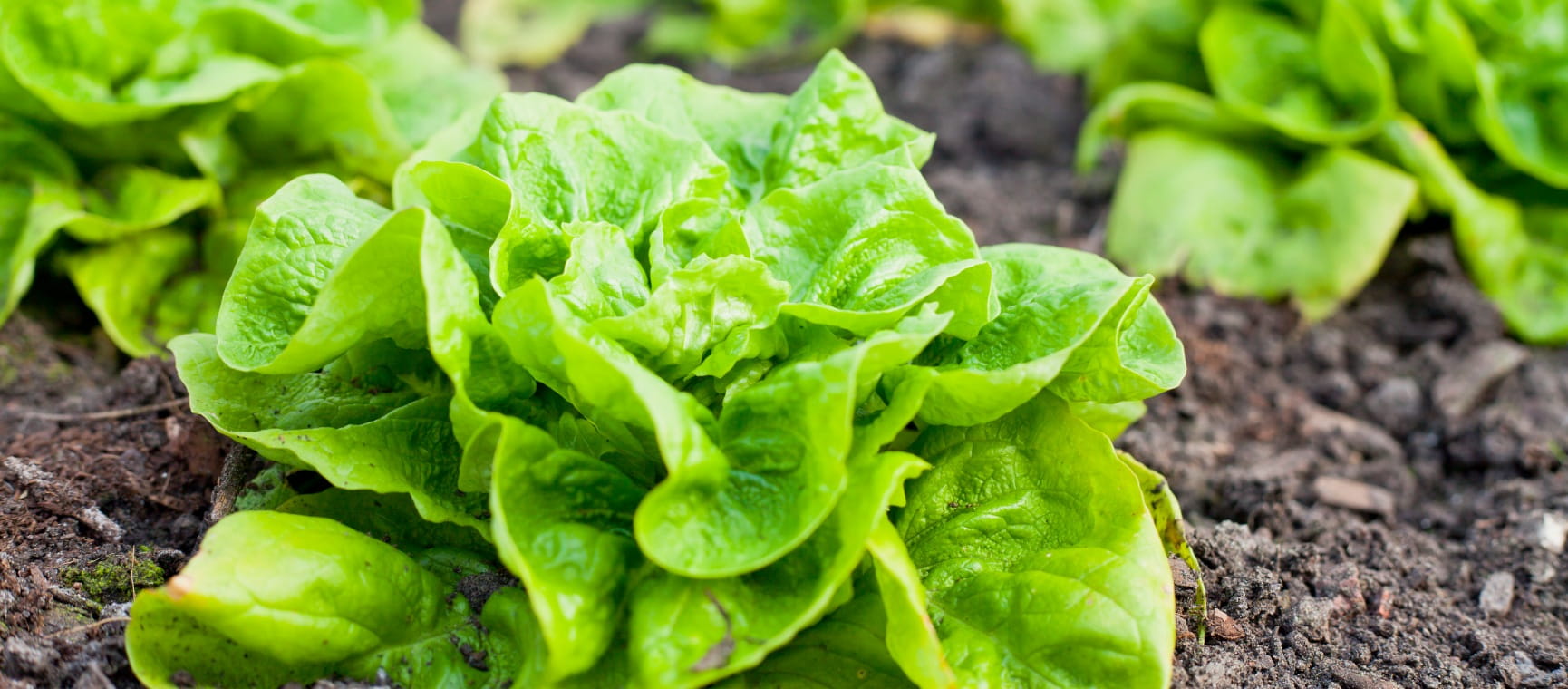
Gardening
How to grow winter salad - and the best seeds to plant
With some planning you can enjoy fresh salad vegetables over autumn and winter.

Gardens
Colourful winter bedding plant ideas
Nine of the best winter-flowering bedding plants to add colour and cheer to your garden.

Gardening
Give your garden shed a winter tidy - 5 steps to clean and declutter
It's the perfect time to tidy and organise your shed, pots and tools ready for the year ahead.
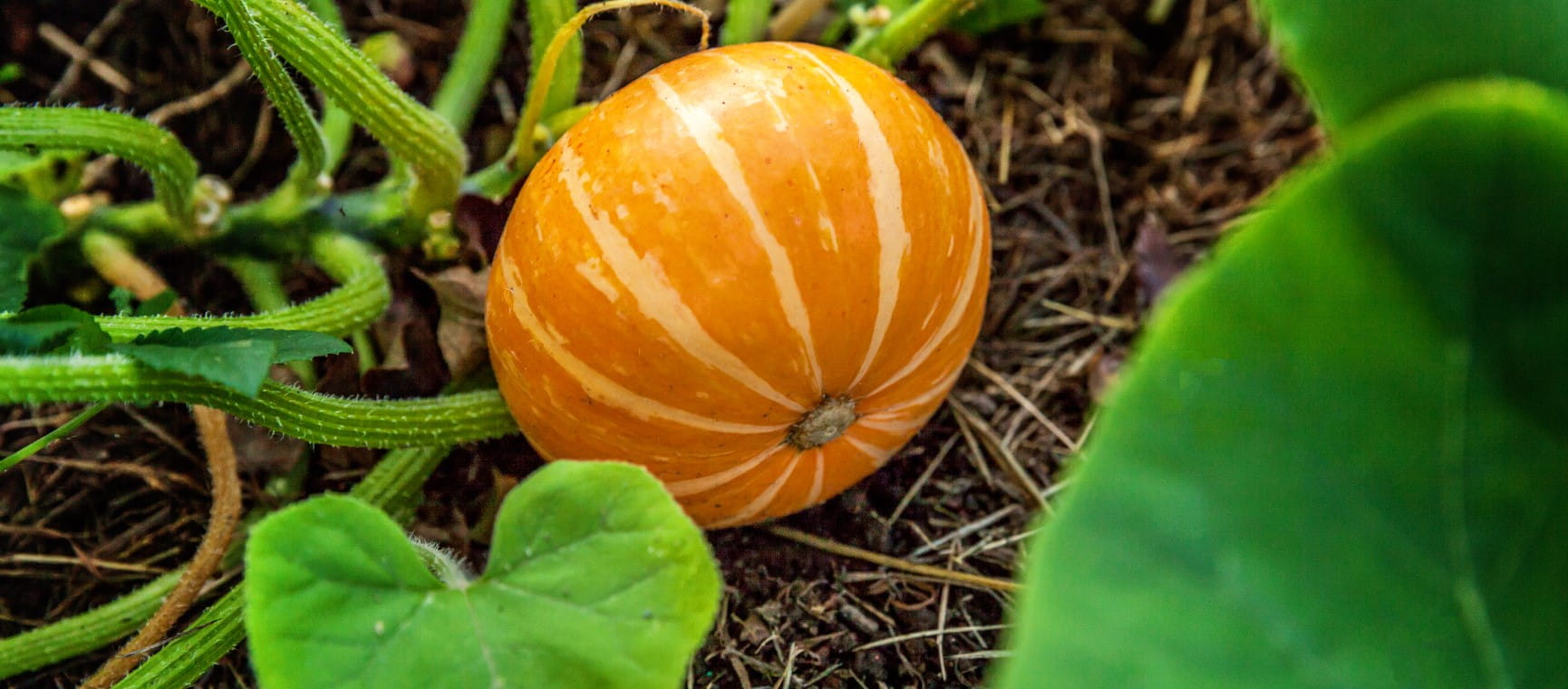
Gardening
Jobs for the garden in October
It’s time to harvest the last of summer before the clear-up begins – but don’t forget wildlife seeking hibernation spots.
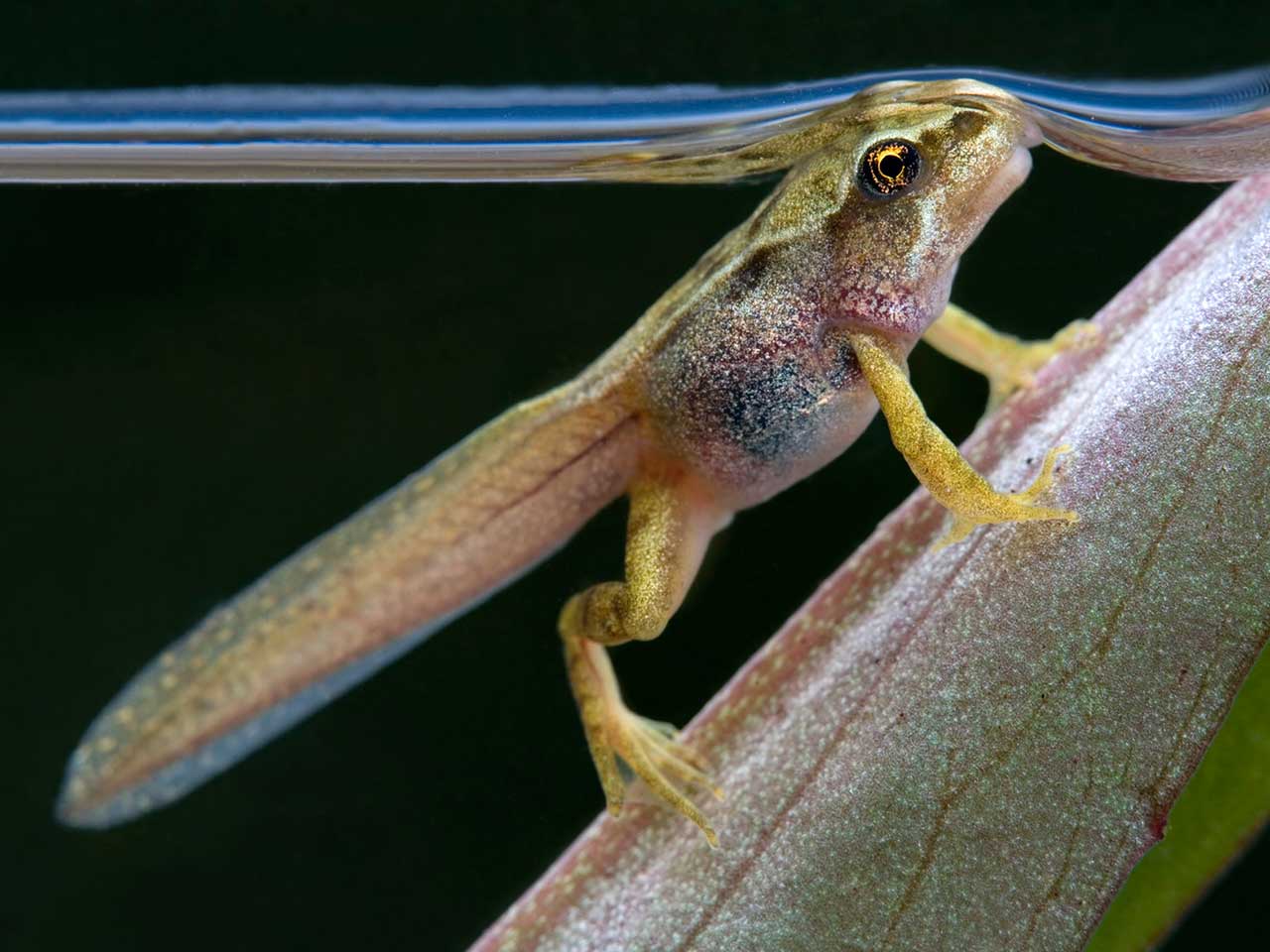
Garden wildlife
Tadpole to frog: development stages and metamorphosis
Wildlife expert David Chapman reveals the metamorphosis of tadpoles into frogs - how long the development takes and its different stages.
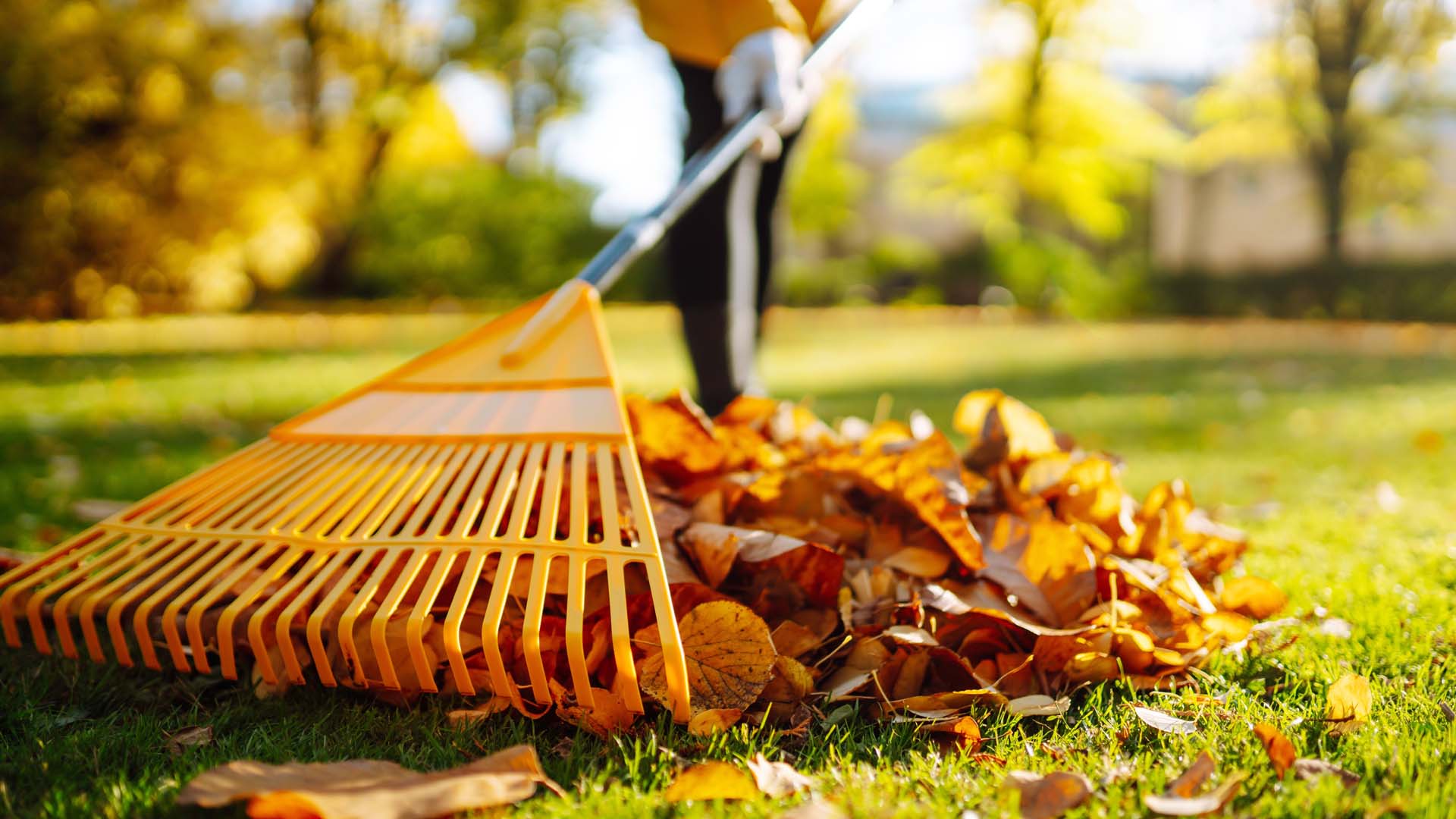
Gardening
Our top 5 autumn lawn care tips
Autumn lawn care tips: how to scarify, aerate and over-seed your grass.

Travel
Eden on Earth: The most beautiful gardens in the world
The best gardens around the world to discover in 2025, and experts share their dream destinations.
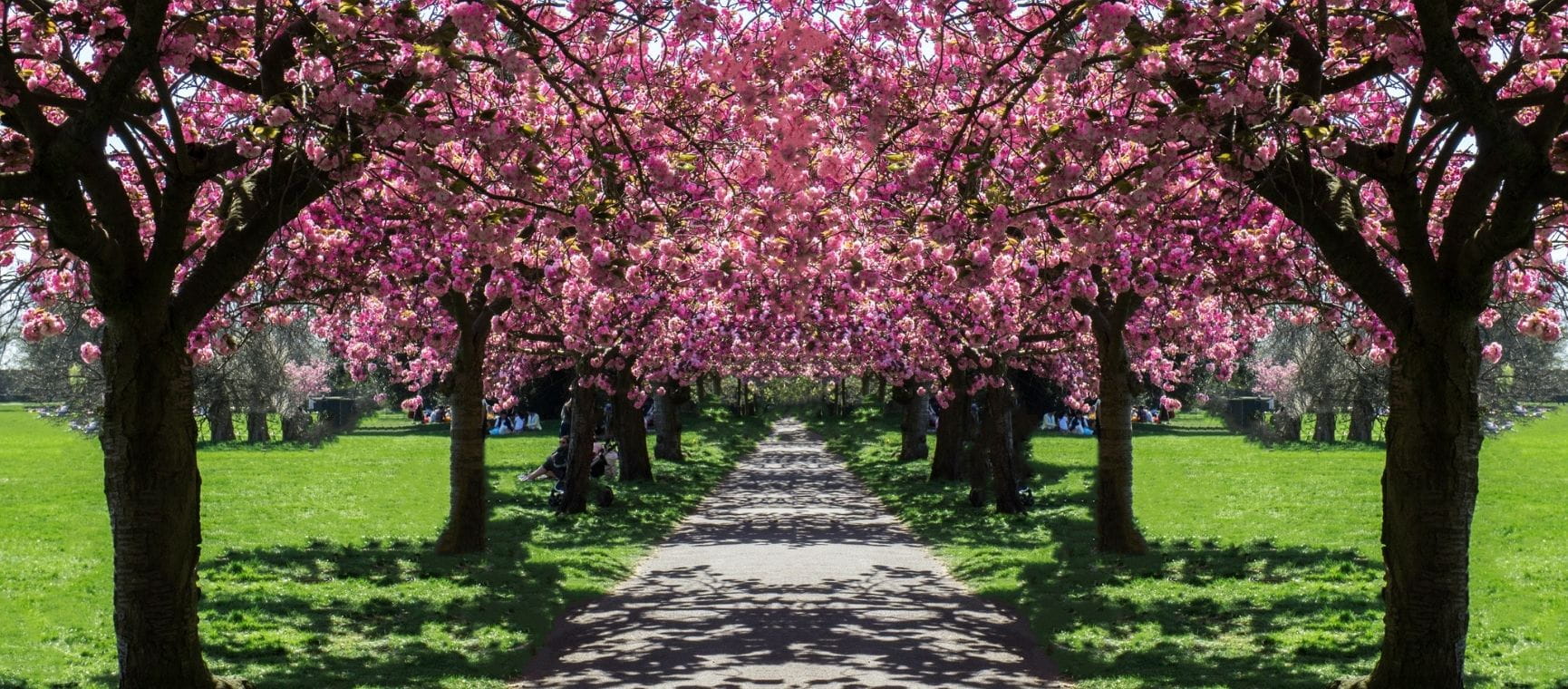
Gardens
7 beautiful places to see cherry blossom this spring
Don't miss the chance to see cherry blossom trees at their best, with our pick of the best places to go in the UK.
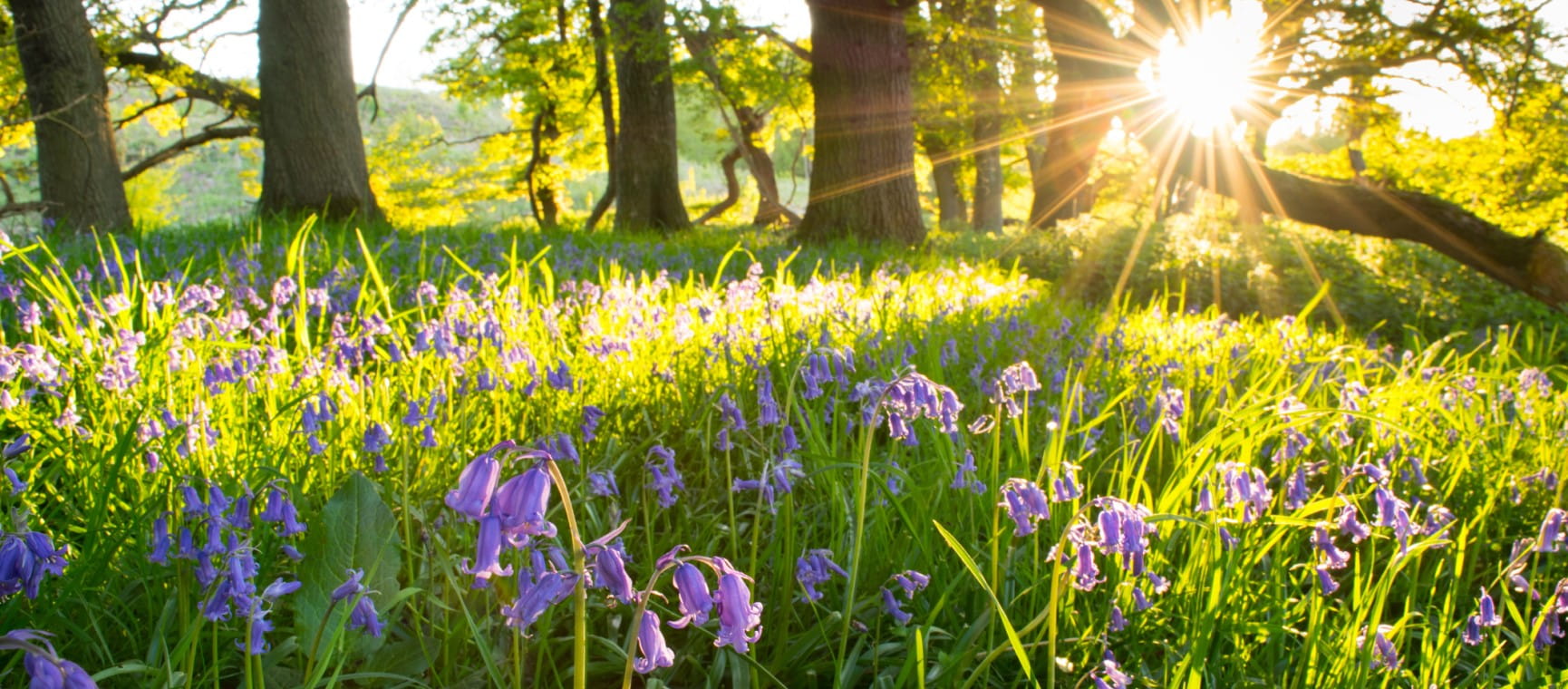
UK Travel
Our choice of the 10 best gardens to visit this Easter
Keen to get outdoors? We round-up our 10 favourite gardens for a springtime visit.

Gardens
Colourful winter bedding plant ideas
Nine of the best winter-flowering bedding plants to add colour and cheer to your garden.

Gardening
The best winter-flowering perennials for colour and scent
Our expert's choice of the best shrubs and perennial flowers to give your winter garden colour and fragrance.

Garden wildlife
The quick window safety tip to help save British birds
Every year millions of birds die as a result of flying into glazing. A simple act can change that.
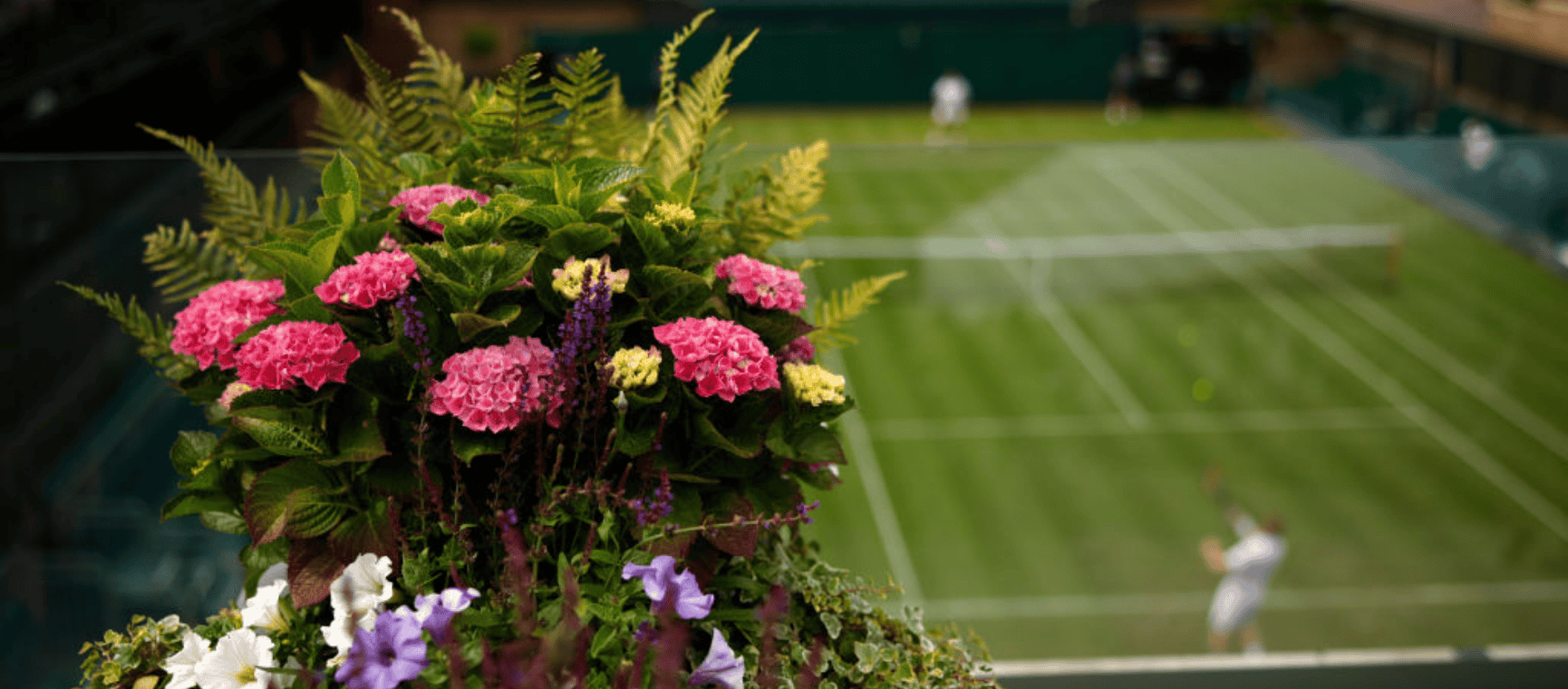
Gardening
Wimbledon's head gardener shares his planting tips
If you love the beautiful planting on display at Wimbledon, check out these winning tips from head gardener Martyn Falconer
Play our free daily puzzles
Beat the boredom and exercise your mind with our selection of free puzzles.




